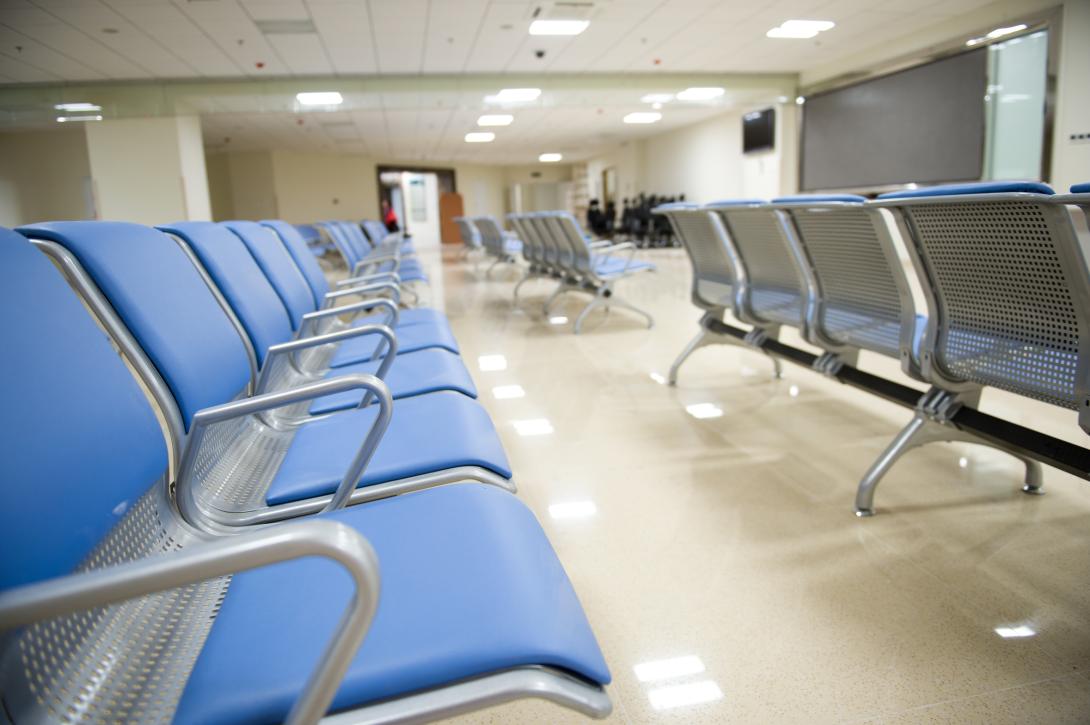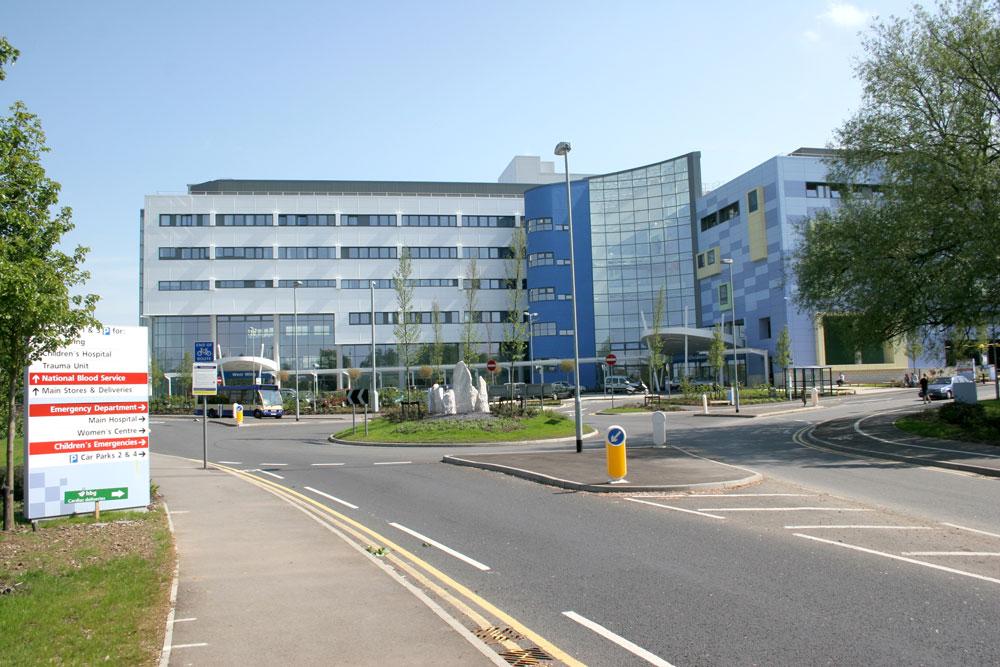Without embedded experience within healthcare organisations the application, evidence and business case for human factors in NHS decision-making will not be developed
The Chartered Institute of Ergonomics & Human Factors (CIEHF) responded to the first wave of Covid-19 by setting up a Gold-Silver-Bronze command structure in April 2020. Over 100 members volunteered to support projects, from Chartered members to Associate members (including many clinicians). There were collaborations with many organisations, including Healthcare Safety Investigation Branch (HSIB), Faculty of Intensive Care Medicine (FCIM), Intensive Care Society (ICS), Academic Health Science Network (AHSN), NHS Education for Scotland (NES) and Nightingale Hospital London, Clinical Human Factors Group (CHFG), Royal College of Speech & Language Therapy (RCSLT).
The concerns about availability of ventilators offered the first opportunity to support the NHS. A rapid response project was initiated to support the design, development, usability testing and operation of new ventilators.
Dr Mark Sujan commented: “We really hadn’t planned the ventilator intervention, but the way it came about was that an official guidance document was issued for rapidly manufactured ventilators. But from our perspective, it lacked a lot of essential information and it couldn’t ensure that these ventilators would actually be safe to use.”
A five-step approach was taken to (1) assess the Covid-19 situation and decide to formulate a response; (2) mobilise and coordinate Human Factors/Ergonomics (HFE) specialists; (3) ideate, with HFE specialists collaborating to identify, analyse the issues and opportunities, and develop strategies, plans and processes; (4) generate outputs and solutions; and (5) respond to the Covid-19 situation via targeted support and guidance. The response for the rapidly manufactured ventilator systems (RMVS) has been used to influence both strategy and practice to address concerns about changing safety standards and the detailed design procedure with RMVS manufacturers.
Four guides were published:
• COVID Ventilators - the methods and approaches needed to capture the full range of user requirements
• Usability Testing for Rapidly Manufactured Ventilator Systems
• Bedside Action Cards for the care of ventilated patients
• Routine Care for Tracheostomy Guide
In parallel with the ventilator project, the CIEHF was also working on other Covid-19 responses. It was recognised, for instance, that health and social care teams would have to rapidly adjust how they worked to the new situation, and guidance was developed.
Prof. Paul Bowie explains: “That meant looking at how things are done and how healthcare staff interact with patients. There are a lot of procedures, protocols and guidance that dictate how the work is carried out, and health and social care teams are sometimes not very good at properly designing procedures to reflect this and to get these things to be usable and sustainable.”
Organisational learning and achieving sustainable change
The pandemic has put health systems under significant strain in coping with new demands and challenges. It became clear to us that established management approaches (centralised control) were being replaced with more agile and creative leadership from frontline staff, with improvements and changes being implemented bottom-up drawing on professional expertise. As a result, there have been adaptations at all levels of the health system, such as the reintegration of recently retired staff, rapid uptake of technology, and the repurposing of wards for acutely ill patients. Many staff are now eager to reflect on how they managed to successfully provide safe and effective care during the first wave of the pandemic, and they want to see positive change sustained.
We worked with a panel of HFE consultants, designers, occupational health practitioners, occupational hygienists, scientists, and clinicians to capture practice changes and improvements to contribute to organisational change at policy, strategic and operational levels. The CIEHF guide (figure 1) provides an explanation of how systems thinking and organisational learning can contribute to sustainable change.
Mark Sujan comments: “The CIEHF has set a precedent, and others can now look at our guidance and aim to produce similar documents for their sectors, for example, pharmaceuticals. We’ve illustrated how the institute can make a difference, and it’s now a matter of embedding it into the way that CIEHF works.”

Professionalising Patient Safety
At the CIEHF our members have been leading and supporting safety in many other industrial sectors (aviation, defence, oil & gas, nuclear, rail etc.) for decades. We feel that the NHS has not yet taken safety seriously; it has been estimated that there are fewer than five professionally qualified Human Factors Specialists across 223 NHS trusts - one for every 300,000 NHS England staff in contrast to the National Air Traffic Services (NATS), an ultra-safe organisation which has one Human Factors specialist for every 100 staff. Policy recognition of the need to close this gap would illustrate a strong commitment to professionalising patient safety.
Our profession focuses on integrating humans and systems and brings knowledge and experience of a range of concepts, principles, standards, and methods to understand and resolve problems and issues routinely experienced in highly complex, dynamic systems. It was established in the 1950s and received royal chartership in 2015. It is ‘one of the first truly multi-, inter-, and cross-disciplinary subjects’ (Wilson, 2000), drawing knowledge from design, engineering, psychology, organisational management and human sciences (anatomy, physiology, biomechanics, kinesiology and anthropometry) and applying this to the safe and efficient design of systems, products and services.
We propose that a Professional Approach (Figure 2) should be taken to healthcare safety and this starts with targeted education and training for patient safety specialists, incident investigators (local and national) and other key personnel. This approach is based on the NHS England/Improvement Patient Safety Strategy which sets out a framework to ensure that patients and staff have the right skills for being both involved in, and contributing to, patient safety. This is reflected in our approach, which supports both the wider NHS employee base (levels 1 – 2) as well as aspiring patient safety specialists (levels 3 – 5).

At Level 1, we are offering an online course, based on our 2015-2020 workshops with Health Education England and NHS Education for Scotland, to provide an awareness of safety science and Human Factors for all staff.
At Level 2, healthcare staff (clinician and non-clinical) will build their patient safety knowledge relevant to their professional and role by taking one-day courses. This will provide an understanding of all the topics in the patient safety syllabus and develop professional competencies which can be taken forward in Level 3.
Achieving Level 3 will create professional patient safety (technical) specialists (local advisors) who have undertaken 600 hours of learning (taught, experiential and self-study), with mentorship from a Chartered Human Factors Specialist (C.Erg.HF). They will have a recognised accredited title: Technical Specialists (HFE in Healthcare) and postnominal of TechCIEHF.
Levels 4 (organisational lead) and 5 (national lead) offer opportunities to change career and become a professionally qualified safety scientist (Chartered Human Factors Specialist; C.Erg.HF).
Level 3 is equivalent to the minimum Human Factors knowledge required for a Suitably Qualified and Experience Person (SQEP) in ‘JSP 912 Human Factors Integration for Defence Systems’ from the Ministry of Defence (2014); ‘equipment and systems have to be operated in a demanding and diverse military context in circumstances of fatigue, hunger, stress and even fear. Ultimately their usability in these demanding environments will determine our operational success’. This informs all procurement, whereas in contrast the NHS has poorly designed systems, devices and products as procurement has been based on purchase cost alone. This has resulted in usability problems as well as problems of maintenance, both of which, directly or indirectly, can compromise patient safety.
The next steps in patient aafety
Most Human Factors healthcare input has been funded through research, with much of it based at universities rather than hospitals. There are examples for acute care, primary care, emergency care, home care, medical device design, health IT, health systems design, architecture, simulation, education, and reliability. Studies have analysed systems of work, teamwork, decision making, displays, device interactions, risks, threats, performance shaping factors, environmental and organisational approaches, and regulatory influences.
One consequence of the lack of a professional approach to patient safety is that few opportunities exist in clinical settings for embedding qualified Human Factors professionals. Given that return-on-investment can be difficult to calculate, and effect on outcomes is difficult to measure in a non-linear system, a direct business case is still hard to make although the fact that Human Factors Specialists are integrated in the safety operations of all high-risk industries except healthcare should arguably be reason enough. This has created a chicken-and-egg problem, where Human Factors professionals have not been employed in healthcare organisations, because there has been a limited understanding of what they can do, no clear and immediate application, no business case, and no clear evidence base.
However, without embedded experience within healthcare organisations the application, evidence and business case will not be developed. Healthcare organisations need to know how they can employ Human Factors specialists and upskill key parts of the workforce who lack safety science knowledge and skills (e.g. patient safety advisors and quality improvement specialists) through accredited safety routes at comparative low cost.
The CIEHF have been working with Health Education England (HEE), Healthcare Safety Investigation Branch (HSIB), NHS England/Improvement, NHS Education for Scotland (NES), Academic Health Science Network (AHSN), Academy of Royal Medical Colleges, Royal College of Nursing (RCN) and others to create this innovative Learning Pathway. As we enter our first Covid winter, we believe that taking a professional approach to patient safety should be one of the highest priorities in health and social care to send strong reassurance to patients, families, staff and the public of the continuing importance of this issue.
Written by Sue Hignett, Mark Sujan, Paul Bowie, Chris Ramsden, Peter McCulloch, Noorzaman Rashid.





